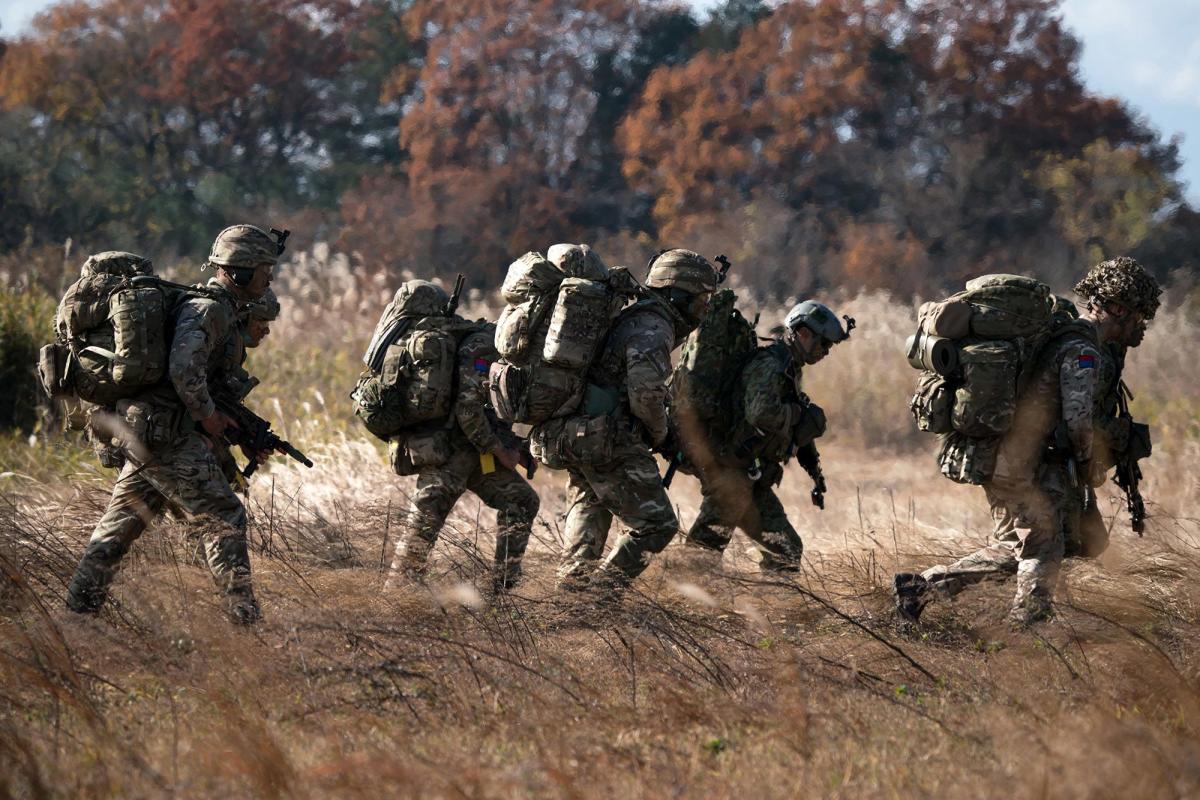
(Bloomberg) — Japan described China as an “unprecedented strategic challenge” in a new national security policy that sets the long-pacifist nation on course for its biggest increase in defense spending since the end of World War II.
Most Read from Bloomberg
The new strategy, approved by Prime Minister Fumio Kishida’s cabinet Friday and seen by Bloomberg in a draft, laid out plans for Japan to develop its own hypersonic missiles as part of a radical upgrade of its defense capabilities, from the coast guard to cybersecurity.
“We considered whether our current Self-Defense Forces could deter threats against our country, and whether they could defend the country if those threats became real,” Kishida told reporters in Tokyo. “To be frank, the status quo isn’t sufficient.”
The shift was triggered by Russia’s invasion of Ukraine, tensions over Taiwan that prompted China to lob ballistic missiles into waters close to Japanese islands earlier this year, and North Korea stepping up its missile launches, including one that flew over Japan for the first time in five years.
The emphasis on China as a focus of security concerns marks a break with past policy, which cited the threat from North Korea as the primary reason for the need to strengthen missile defense.
It comes just as Kishida’s government attempts to warm chilly ties with China after a summit with President Xi Jinping in Thailand last month. Foreign Minister Yoshimasa Hayashi may visit Beijing as soon as this month, according to Japanese national broadcaster NHK.
Counterstrike
“We see China as a strategic challenge to our country’s peace and safety and the peace and stability of the international community,” Kishida said. He added the two neighbors bear a joint responsibility for the peace and prosperity of the region and the world.
Referring to a “remarkable” build-up of missile capability in the region, the government said in the document it is becoming difficult to deal with the situation simply by strengthening the country’s existing missile defense network.
The strategy calls for acquiring “counterstrike capability” that would enable Japan to target an enemy’s military facilities, in a turning point for a country bound by a pacifist constitution since 1947.
Raytheon Technologies Corp.’s Tomahawk missiles are being considered for that purpose, according to the document. The Tomahawk has a range of more than 1,250 kilometers (780 miles), meaning it could be used to hit naval bases on the east coasts of China and Russia.
Japan also intends to obtain sufficient supplies of missiles, including those made on its own, over the coming decade with ranges long enough to strike military assets in its three nuclear-armed neighbors that have been a focus of Tokyo’s concerns.
With its new strategy in place, the government is considering revising the defense guidelines governing its military cooperation with its only formal treaty ally, the US, according to Kyodo News. Kishida may raise the issue during a visit to the US the government is seeking to organize for next month, the agency said, citing government sources.
Japan says it will retain its “exclusively defensive” posture as well as its ban on nuclear weapons.
“Today, Prime Minister Kishida ushered in a new era in the defense of democracy. I want to congratulate him on his leadership,” US Ambassador to Tokyo Rahm Emanuel said in a statement welcoming the steps.
China has made clear to Japan its objections to the wording in the new documents, saying Beijing was committed to maintaining peace and stability.
Beijing’s diplomats filed a solemn representation with their Japanese counterparts about the new policy, Chinese Foreign Ministry spokesman Wang Wenbin said Friday at a regular press briefing in Beijing. “It discredits China and we are firmly opposed to this,” he said.
Taiwan’s Foreign Ministry said in a statement that the policy demonstrates Japan’s “high level of concern” toward Taiwan, the Taiwan Strait and global stability, and underscores the “firm stance” of the democratic camp of countries.
Kishida has already announced plans to increase defense spending by about 60% to ¥43 trillion ($315 billion) over the next five years. His ruling Liberal Democratic Party agreed Friday on a plan to raise taxes to help fund the move, but avoided setting a date for a levy likely to be unpopular with the public.
By comparison, South Korea’s government plans to increase its defense spending to more than 70 trillion won ($53 billion) annually by 2026. China allocated an estimated $293 billion to its military in 2021, according to the Stockholm International Peace Research Institute.
Rules governing the transfer of defense equipment will also be reviewed under the strategy, as Japan launches a three-way project with the UK and Italy to develop a next-generation stealth fighter jet and seeks to support its domestic defense industry.
–With assistance from Philip Glamann and Debby Wu.
(Updates with Taiwan government comment in 17th paragraph.)
Most Read from Bloomberg Businessweek
©2022 Bloomberg L.P.




